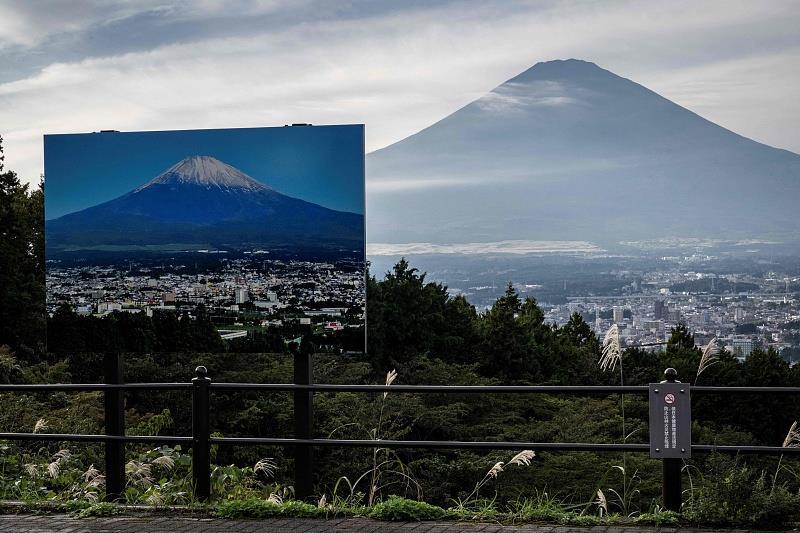The snow-capped peaks of Mount Fuji in Japan are a feature of the year, with“Snow tops” usually visible in early October. This year, however, as November approaches, the first snow has yet to fall on Mount Fuji, breaking the latest record in 130 years.

The CNN, citing data from the Japanese meteorological agency, reported that on average, Mount Fuji has been gradually forming a “Snow top” since records began in 1894 on October 2, compared with October 5 last year. However, the NHK reported that the snow had mostly melted by the beginning of November due to the high temperature.
This year, many parts of Japan suffered a rare heat, autumn temperatures are still high. “From summer to now, the high temperature in the country has persisted, and with days of rain, [ Mount Fuji ] has not had snow,” Shinichi Yanagi, an official with the Japanese meteorological department, told the CNN on October 29
Willow, the latest previous record for the first Snow Fuji on October 26, occurred in 1955 and 2016.
The Japan Meteorological Agency announced in September that it had had its hottest summer since records began in 1898, with average temperatures from June to August 1.76 C above normal; The previous record, set in 2010, was 1.08 degrees Celsius above normal.
In the first week of October, at least 74 cities in Japan experienced maximum temperatures of at least 30 degrees Celsius, according to the Climate Station, a research institute.
Mount Fuji, which was United Nations Educational, Scientific and Cultural Organization on the World Heritage List in 2013, is a popular tourist destination. Mount Fuji is covered with snow most of the year, and usually only climbs during its opening season from July 1 to September 10. The peak concentration of climbers occurs between mid-august and early September.
The lack of a“Snow top” on Mount Fuji this year has been linked to global warming, with similar phenomena occurring in many parts of the world. Global warming has reduced snow cover in much of the Northern Hemisphere over the past 40 years, according to a study published in January. A study published in 2022 found that the snow-capped European Alps have been losing ground for decades, leaving less snow and more vegetation in the“Badlands”, the top of the mountain turned from white to green.